In mid-August, I met up with Nikki Hill at a trailhead on the Grand Mesa. She was there to scope out sites for the field course she’s teaching next week, on Human-Landscape Relationships, Ecology, & Ethnobotany. Summer wildflowers were blooming and berries were coming on. Within earshot of our camp, a fork of Kannah Creek was babbling over the rocks on its journey down into the valley below. Birds and chipmunks twittered and squeaked. No traffic noises except the occasional passing car on the nearby gravel road. No light pollution but a few twinkling lights on ranches in the valley. Fresh air, scattered clouds, and lovely overnight temps. A truly idyllic spot.
But the star of the show was the view. In the far distance were the peaks of the La Sals range, over 100 miles away as the crow flies, in Utah. Below was the Grand Valley, which is part desert, part irrigated agriculture. On the other side of the Valley, and extending to the horizon, were the tumbled ridges and deeply cleft canyons of the Uncompahgre Plateau. The vista is startling in its expansiveness, like little else I’ve seen before. The sense of space is so vast, it almost feels like being at the ocean.
The rough terrain of the Uncompahgre Plateau was especially evident in the morning light:
Welcoming the Hummingbirds
Nikki gave me a travel-sized Hummingbird feeder and it's one of the first things I set up at any campsite. If my little namesake friehds show up at all, they take no longer than a half hour to discover it, and sometimes are there in 5 minutes! This Anna’s Hummingbird (Calypta anna) woke me up in the morning with his merry tweets and vibrant hum. Such joyful creatures! Truly enriching to the heart.
Asters and their Friends
Many of the flowers were in the Aster Family (Asteraceae). Many of them are tricky to identify unless you’ve made a specialty of them, so these are unnamed here:
Spring Water!
Nearby to our camp, and close to the upper edge of the Mesa’s flat top, is a spring where you can replenish your water jugs. It’s a simple arrangement where someone just stuck a pipe into the rocks to guide a portion of the flow. It spurts out at over 4 gallons per minute so it took no time at all to fill our jugs. Accessing fresh springwater right from the ground is one of my favorite things about going to wild places. The taste is incomparable, and the truly rejuvenating sensation of drinking it is something that I can’t describe.
I feel bad that most people in the US never get to have this experience, of imbibing actual, living, untamed water. It’s yet another of the innumerable ways in which contemporary people are denied an experience authenticity. Previous to the industrial revolution, most people still sourced their water in a fairly direct manner. What have we lost with the severing of this connection? It’s hard to imagine. They say you can’t miss what you never had, but I’m not sure about that. I believe that in our bodies and, for want of a better word, our souls, we know something is lacking. But the incessance of life’s daily struggles and distractions masks such sensations.
The view from the spring. Note the grey smudge of the La Sals range to the left.
Popular Goldenrods
Near the spring was a patch of Goldenrods along the road. This species likes disturbed areas, which the road provides. I saw more kinds of insects buzzing around these flowers than anything else. Goldenrods are in the genus Solidago, which is derived from the Latin for “to heal” because of this plant’s medicinal qualities. I don’t know which species this was.
Saskatoons!
Saskatoons (Amelanchier alnifolia) are my very favorite berry so I was thrilled to find they were just starting to come on. Nikki has likened their flavor to blueberry muffins, and that's totally on the mark. I picked and ate plenty. (A few too many, lol.)
They are also known as ”Service Berries” but I prefer to call them Saskatoon Berries, or just Saskies. “Service Berry” refers to their resemblance to a European berry (genus Sorbus) which, though related (they are both in the Rose Family) is a completely different plant, and “Saskatoon” is derived from the Creek name for this plant, “misâskwatômina.” The Canadian city of Saskatoon is named for this berry.
A Few Other Friends
Salsify Flowers: Beautiful from beginning to end
Yellow Salsify (Tragopogon dubius), also known as Western Salsify, Wild Oysterplant, Goat's Beard, Western Goat's Beard, and Yellow Goat's Beard is commonly found in disturbed locations, including agricultural areas, roadsides, and as pictured here, along a nature trail.
According to botanist and photographer Michael L. Charters, "tragopogon" is "derived from two Greek words: tragos meaning "goat" and pogon meaning "beard," suggested by its prominent, feathery hairs when in seed."
"Oyster" describes the flavor of the roots. I've eaten the roots of the closely related (and purple-flowered) Common Salsify (Tragopogon porrifolium), and can see it, but it's not strong. Like other roots, the flavor is best if harvested after a frost or two in late fall or early winter.
Common Salsify is also known as Jack-Go-To-Bed, which I would guess refers to the fact that the flowers close up by mid-afternoon, which is a good nap-time?
Botanically, Yellow Salsify is classified in the same family as Dandelion (Taraxacum officinale): Asteraceae, commonly known as the Aster, Daisy, Composite or Sunflower Family, and in the same tribe of that family, Cichorieae (aka Lactuceae), rhough in a different sub-tribe, Scorzonerinae (as opposed to Crepidinae). "Scorzinera" is another plant in the Aster Family with an edible root, and is used in Italian cuisine. Salsify is sometimes known as "Giant Dandelion" because of its similar appearance at the puff-ball stage.
This specimen was observed on a trail on the western slope of the Grand Mesa in Colorado at an elevation of a little over 7000'. Species in the genus Tragopogon can be annual or biennial, meaning they complete their reproductive cycle in one year or two years respectively, and at this location I am presuming it's annual because of the winter's serious cold and heavy snowfall. The road to this location is not even open year-round.
I was thrilled to find this plant with all four stages of flowering present at once: bud, flower, puff-ball and with all the seeds blown away. As you can see, each stage has its own beauty. Enjoy!






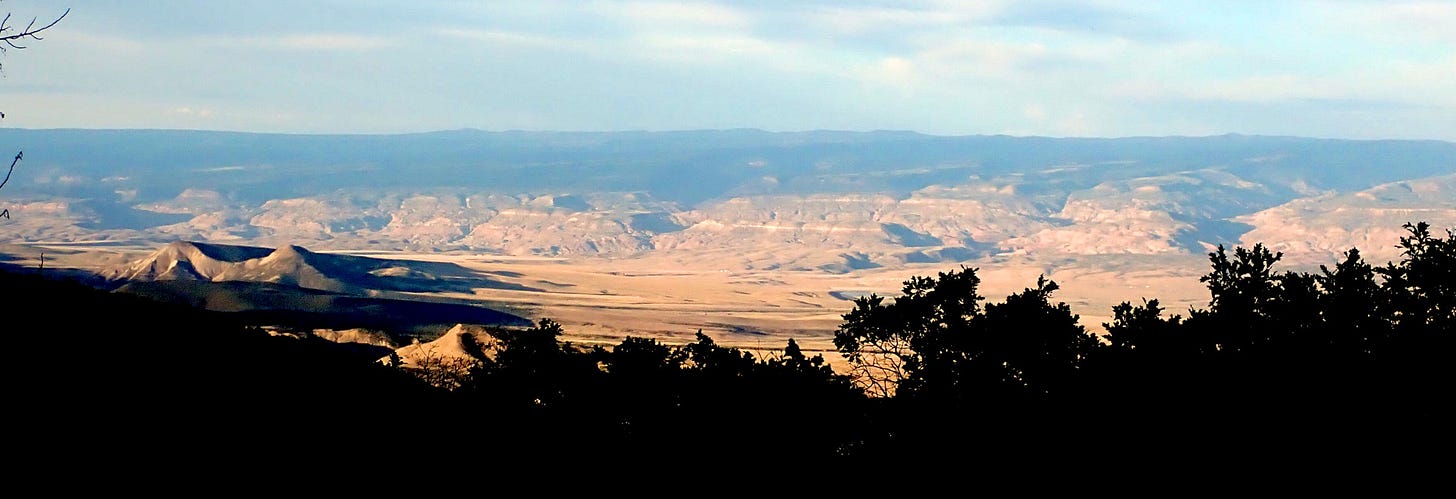
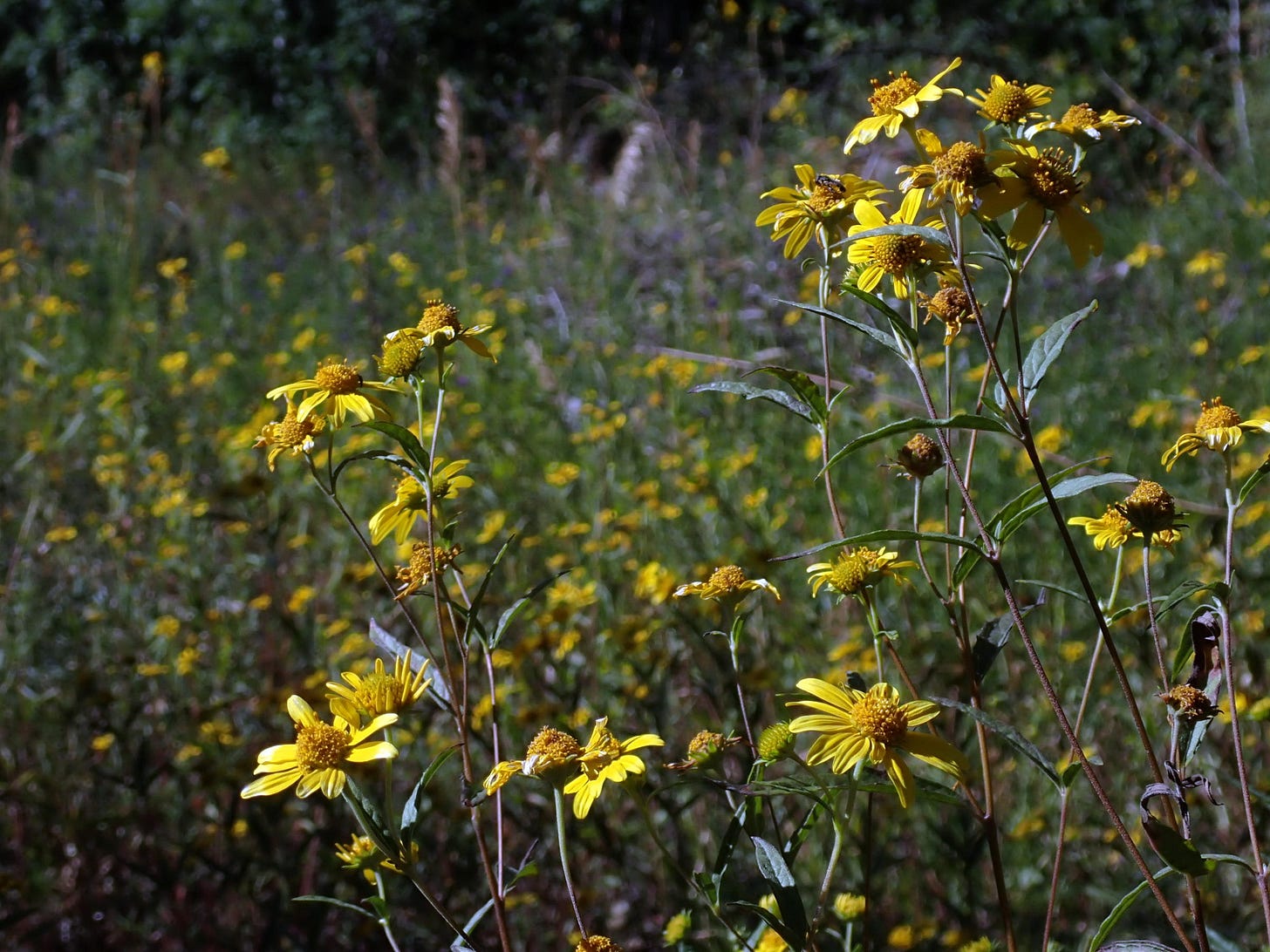

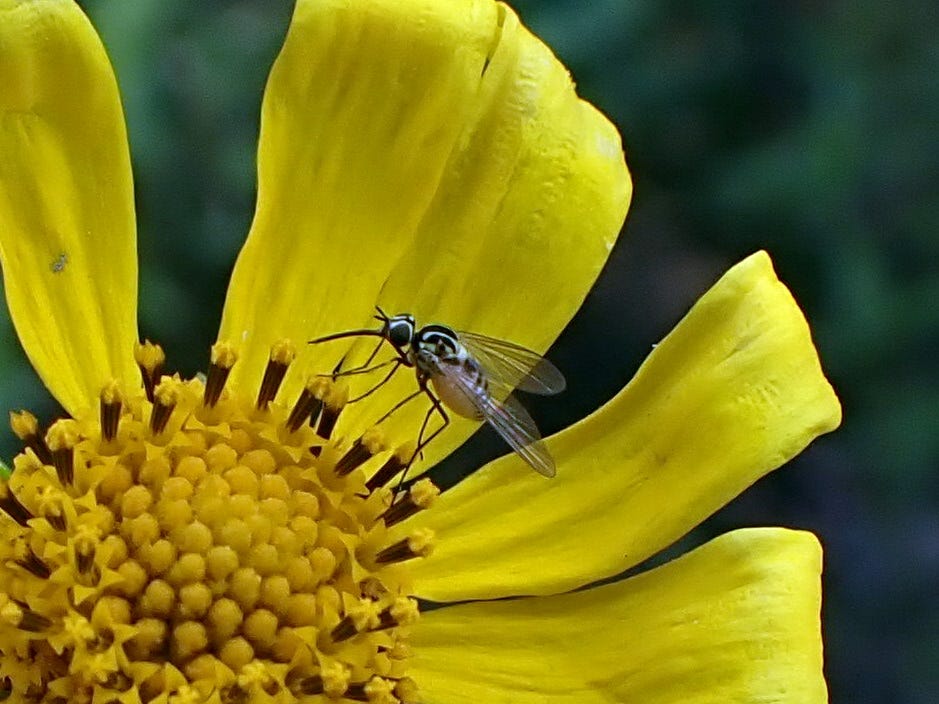
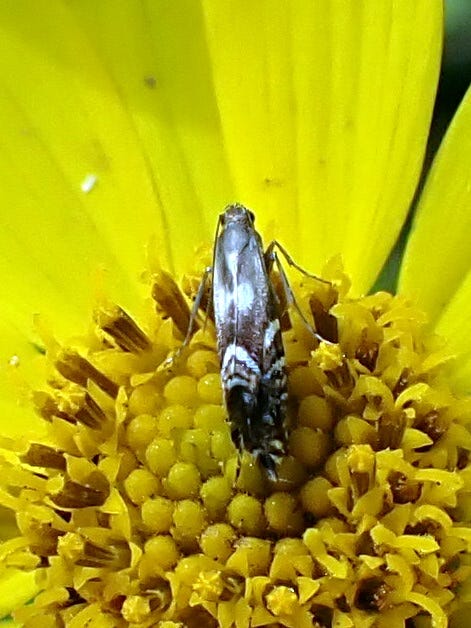

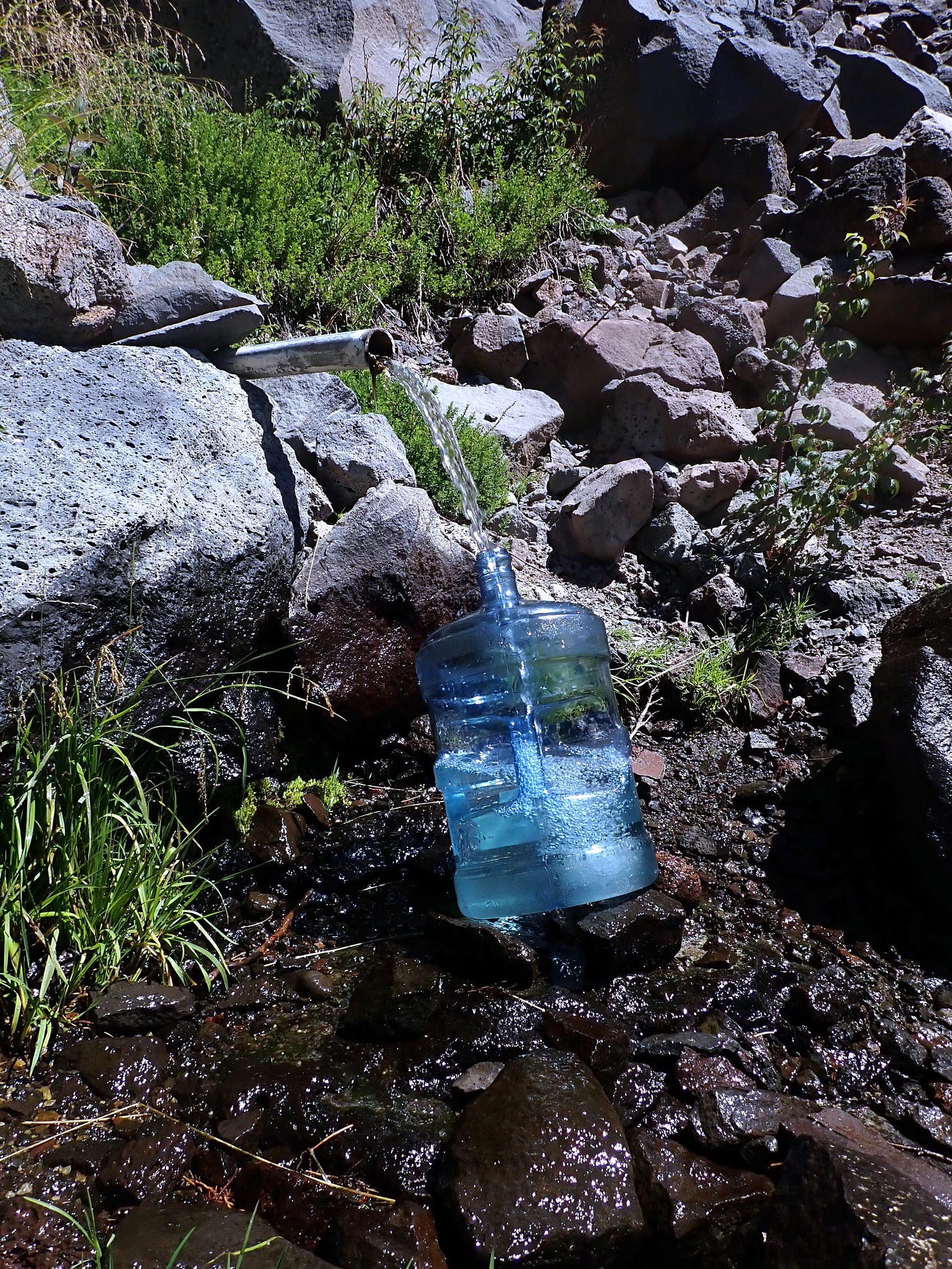
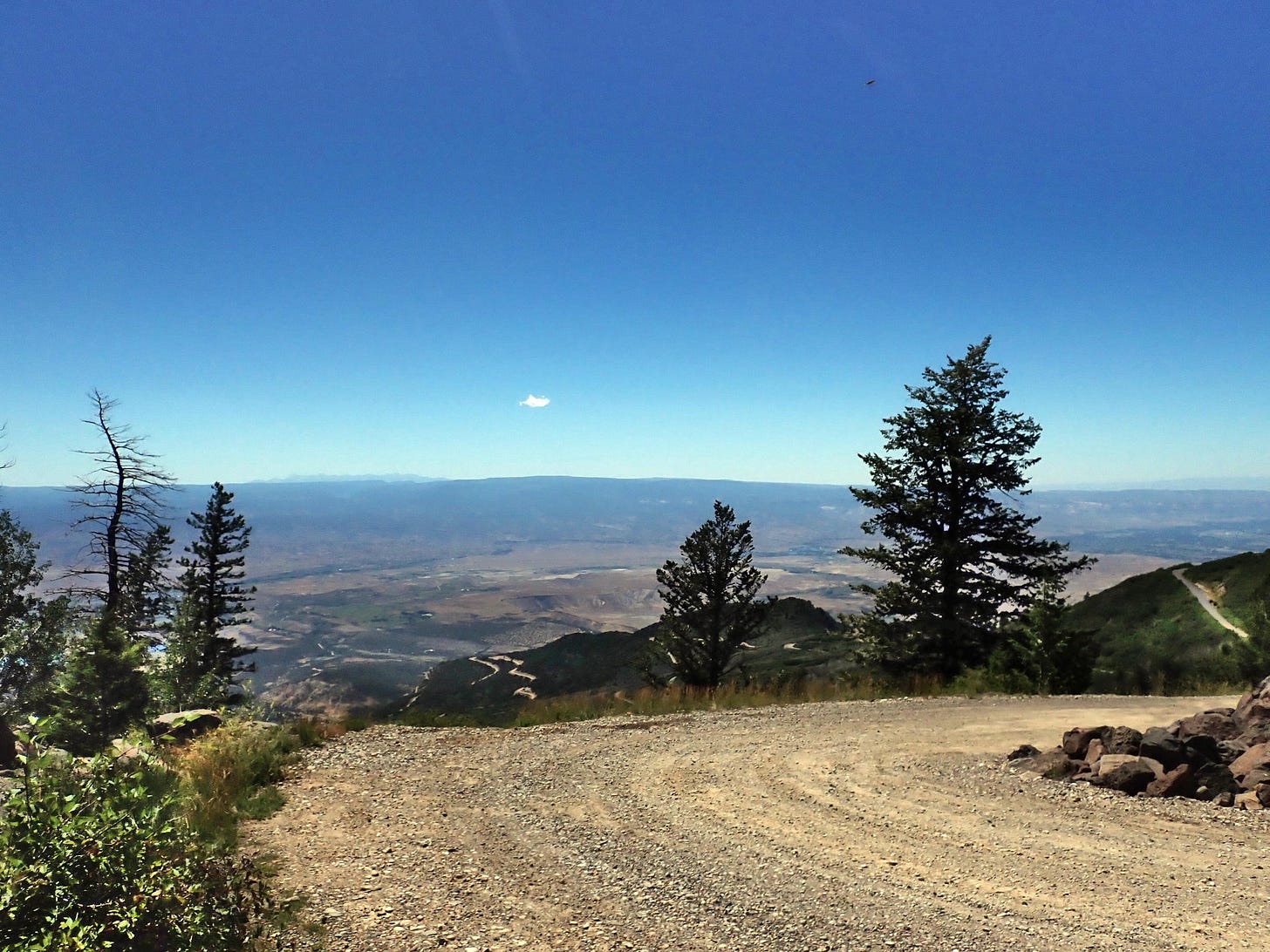
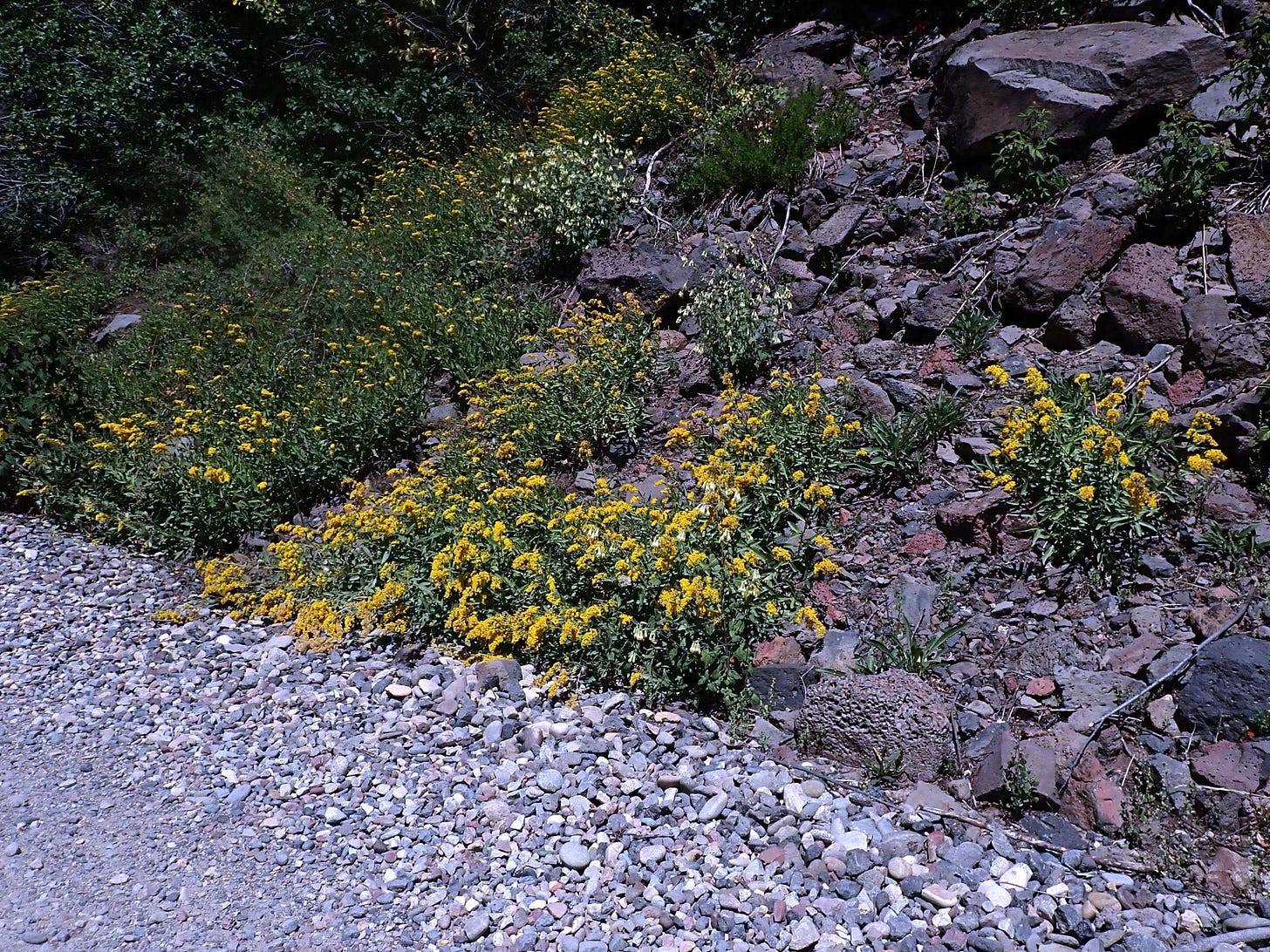
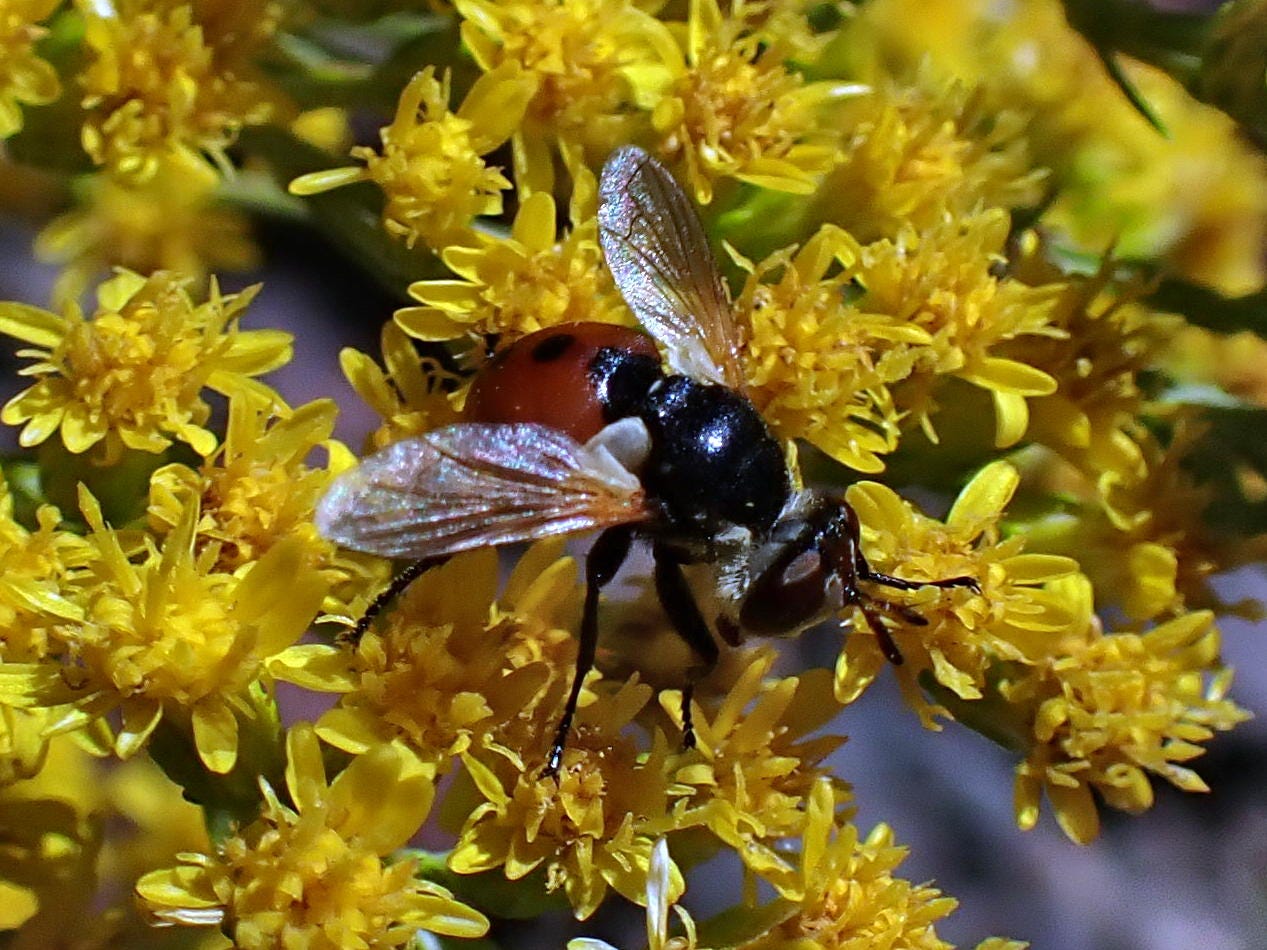
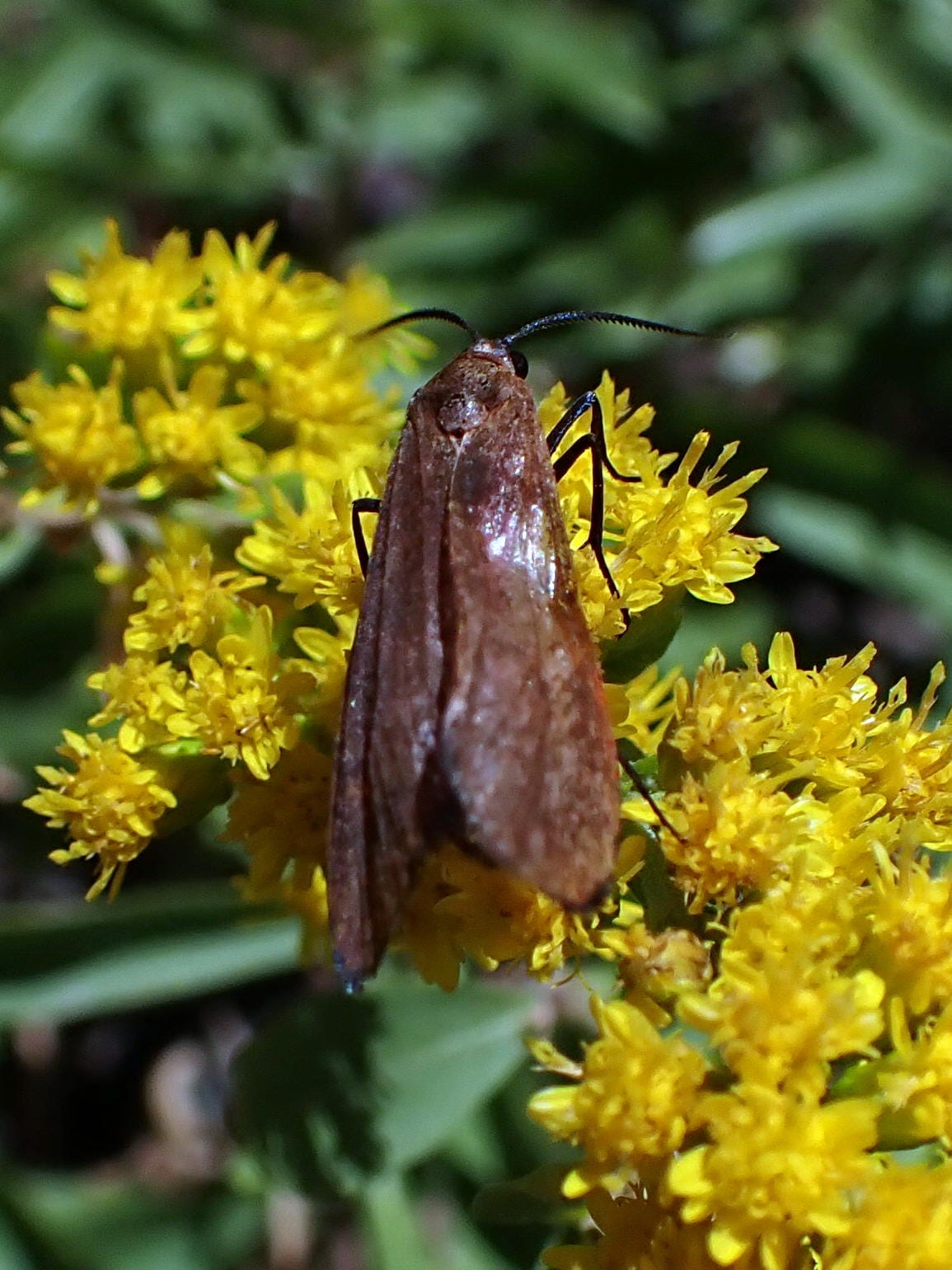
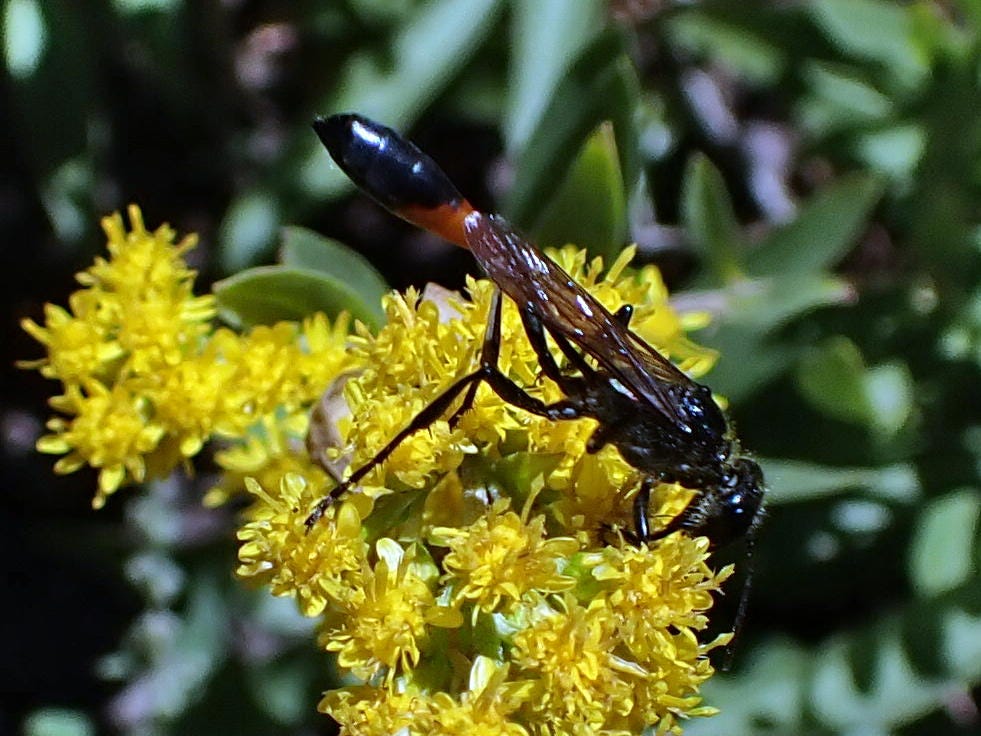
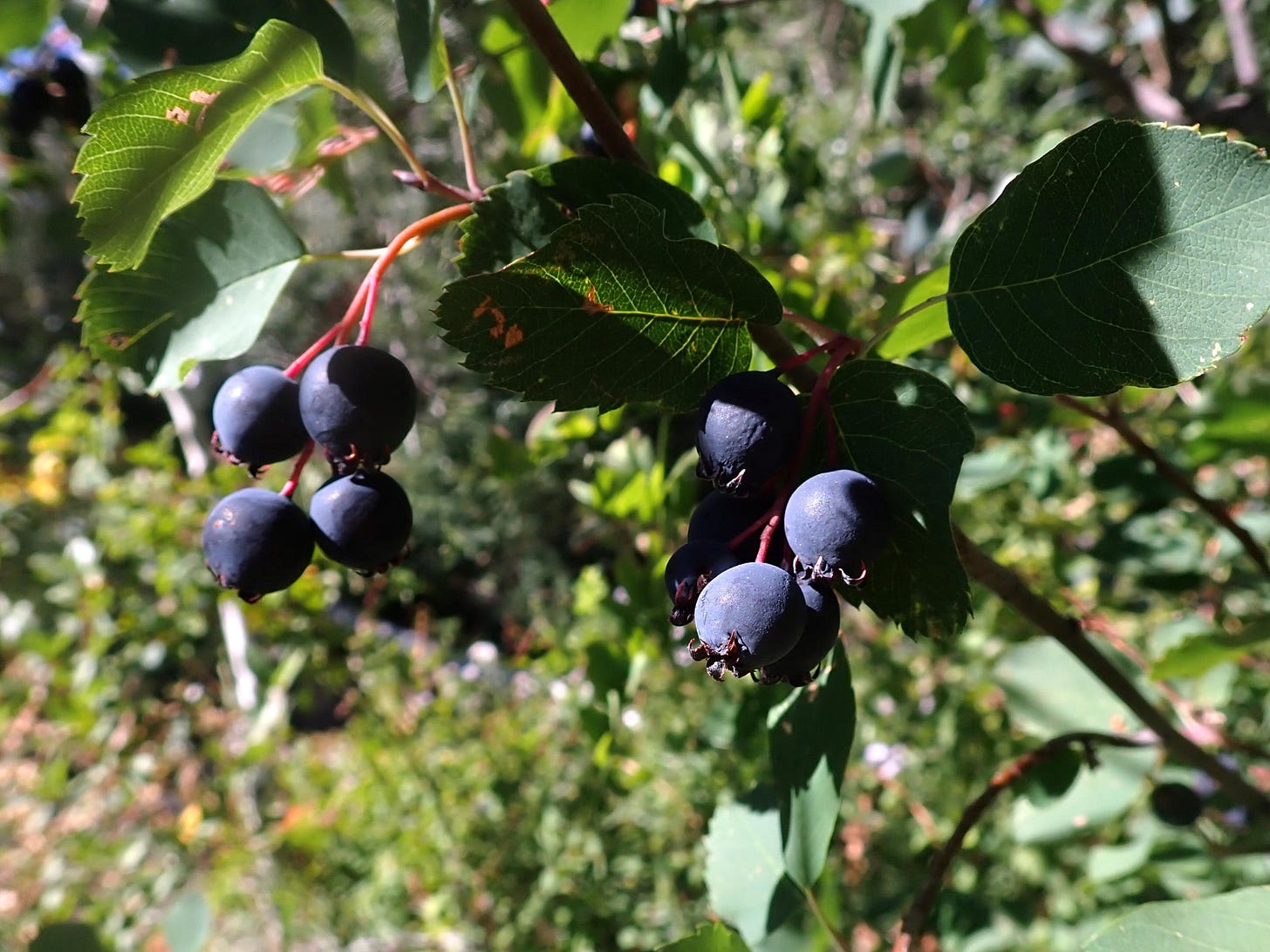
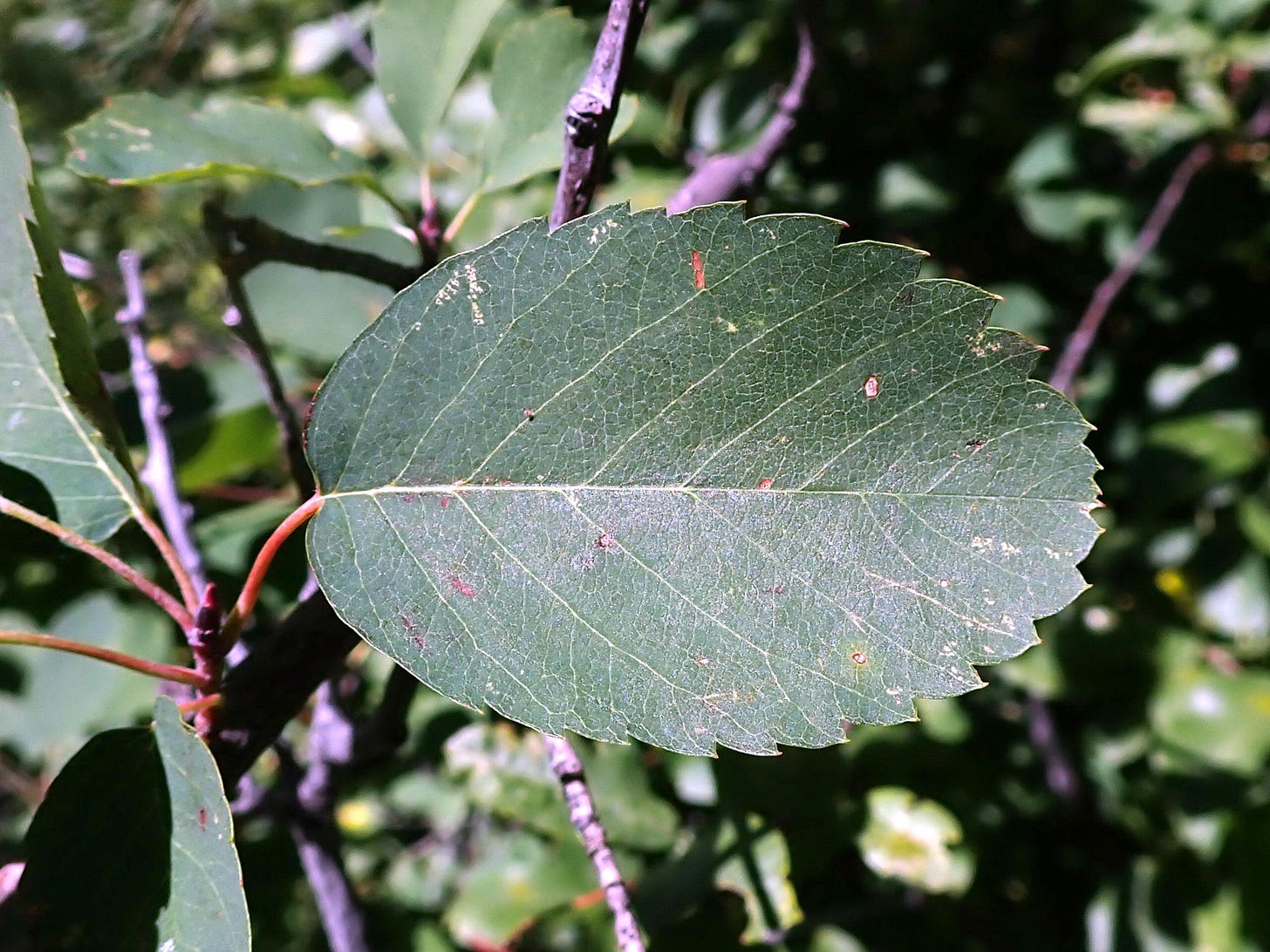
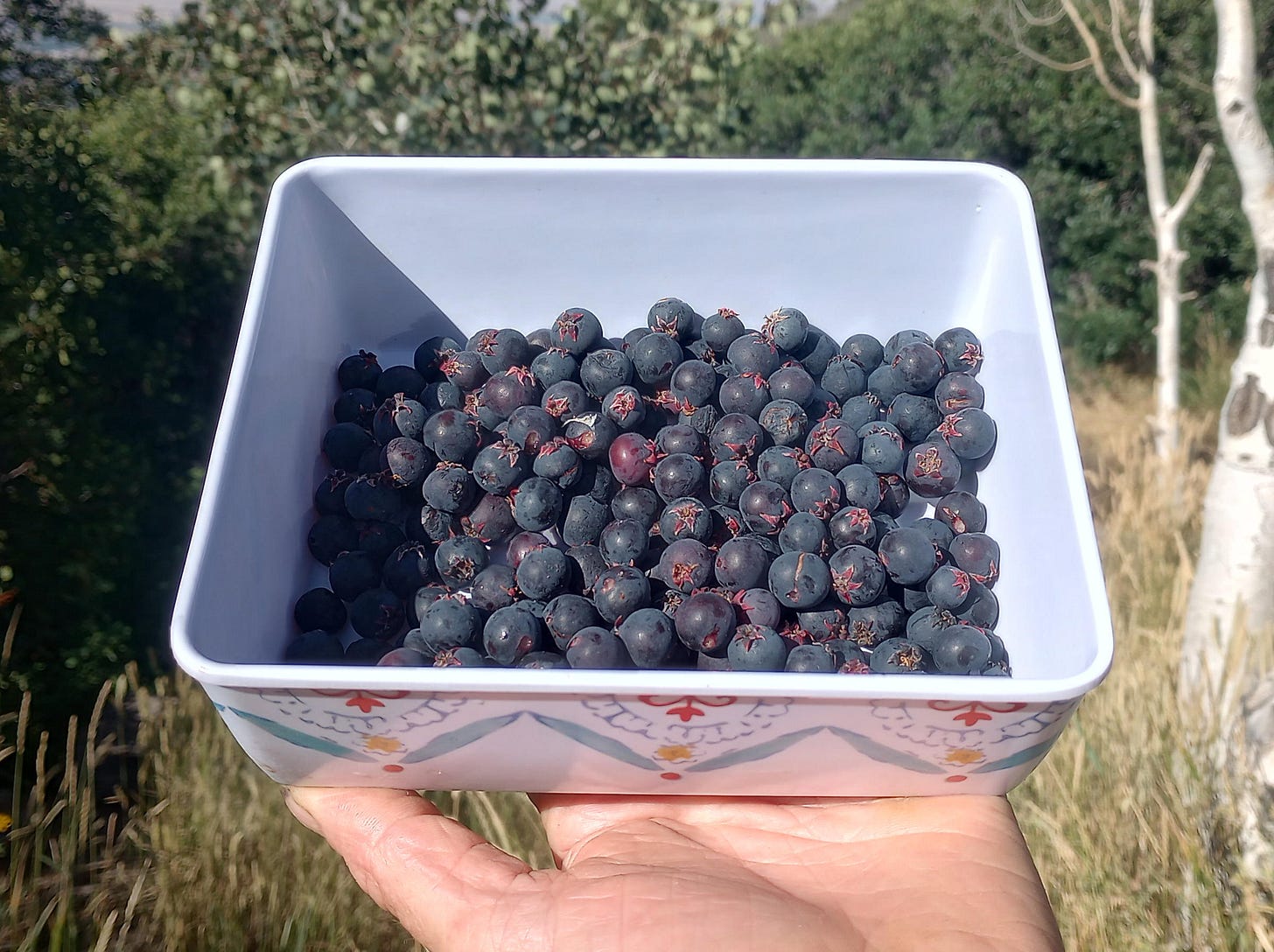

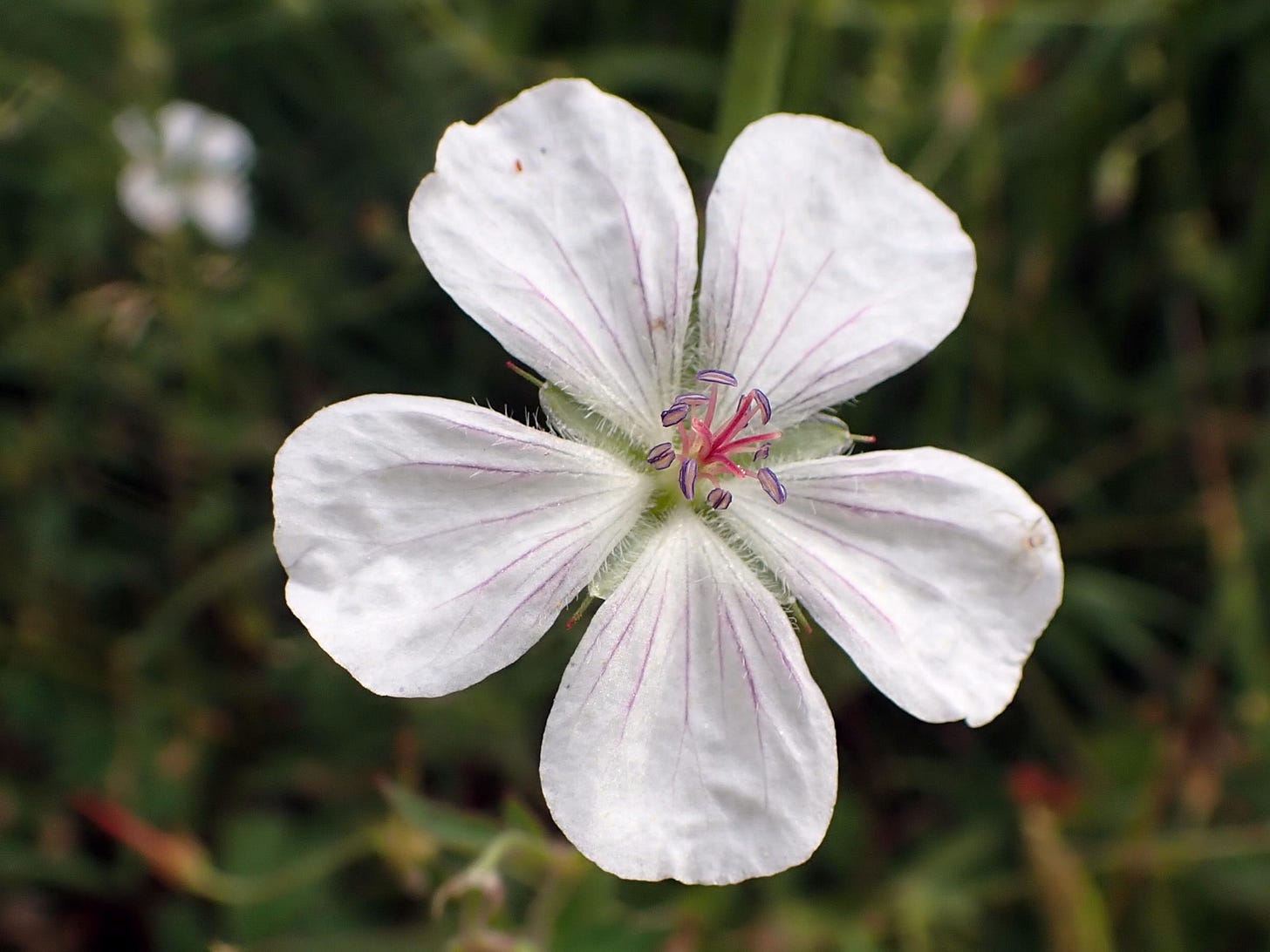





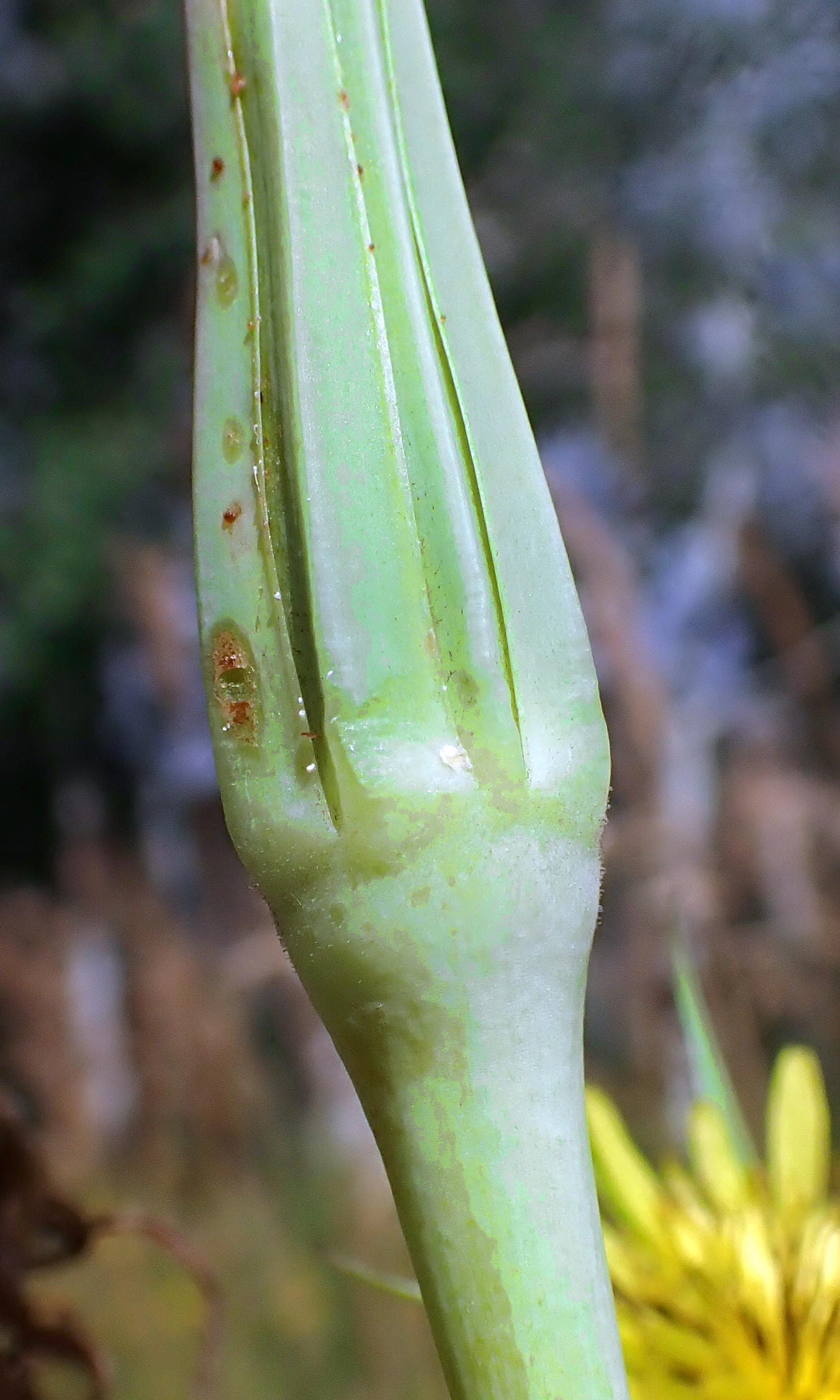
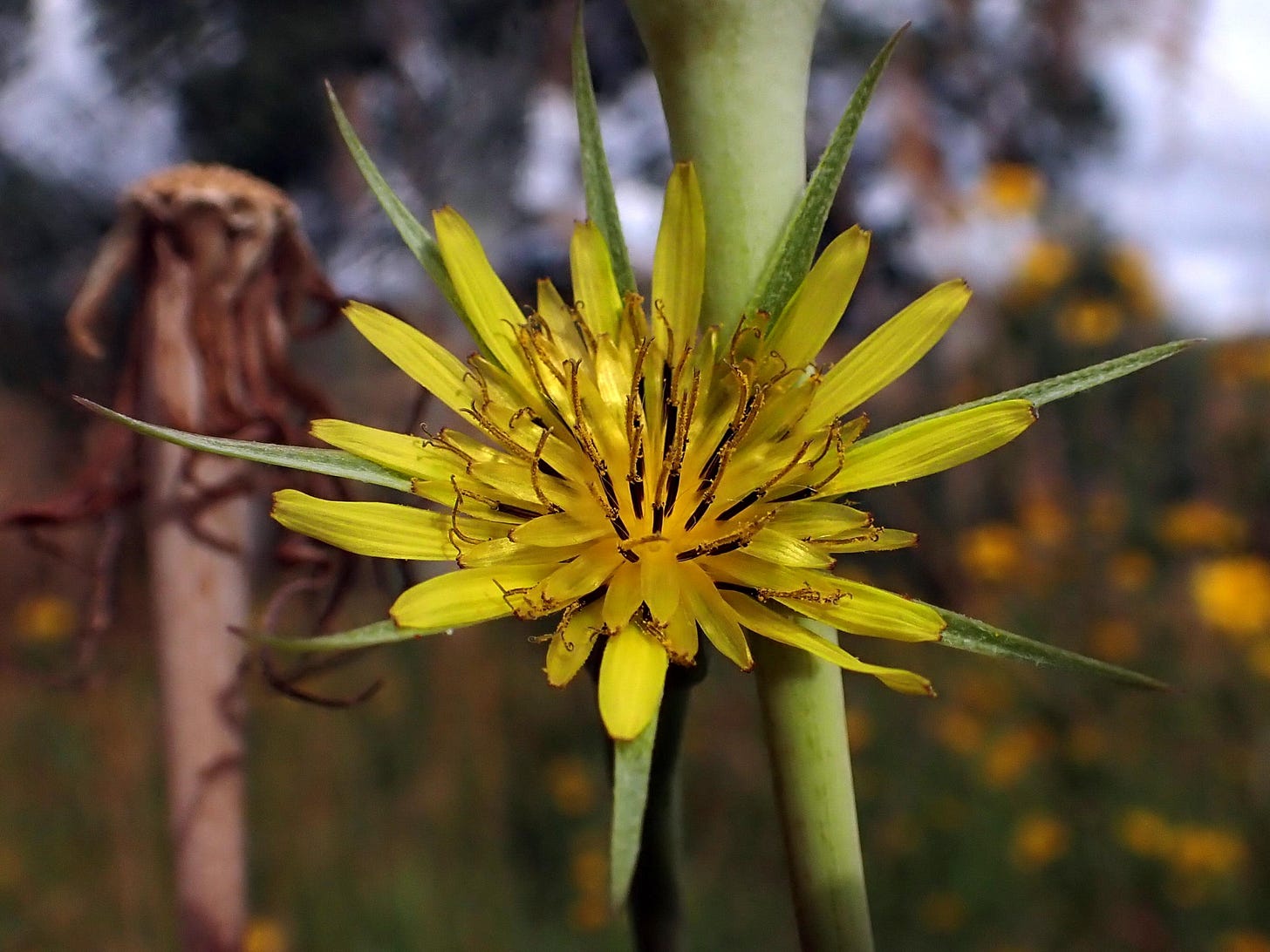
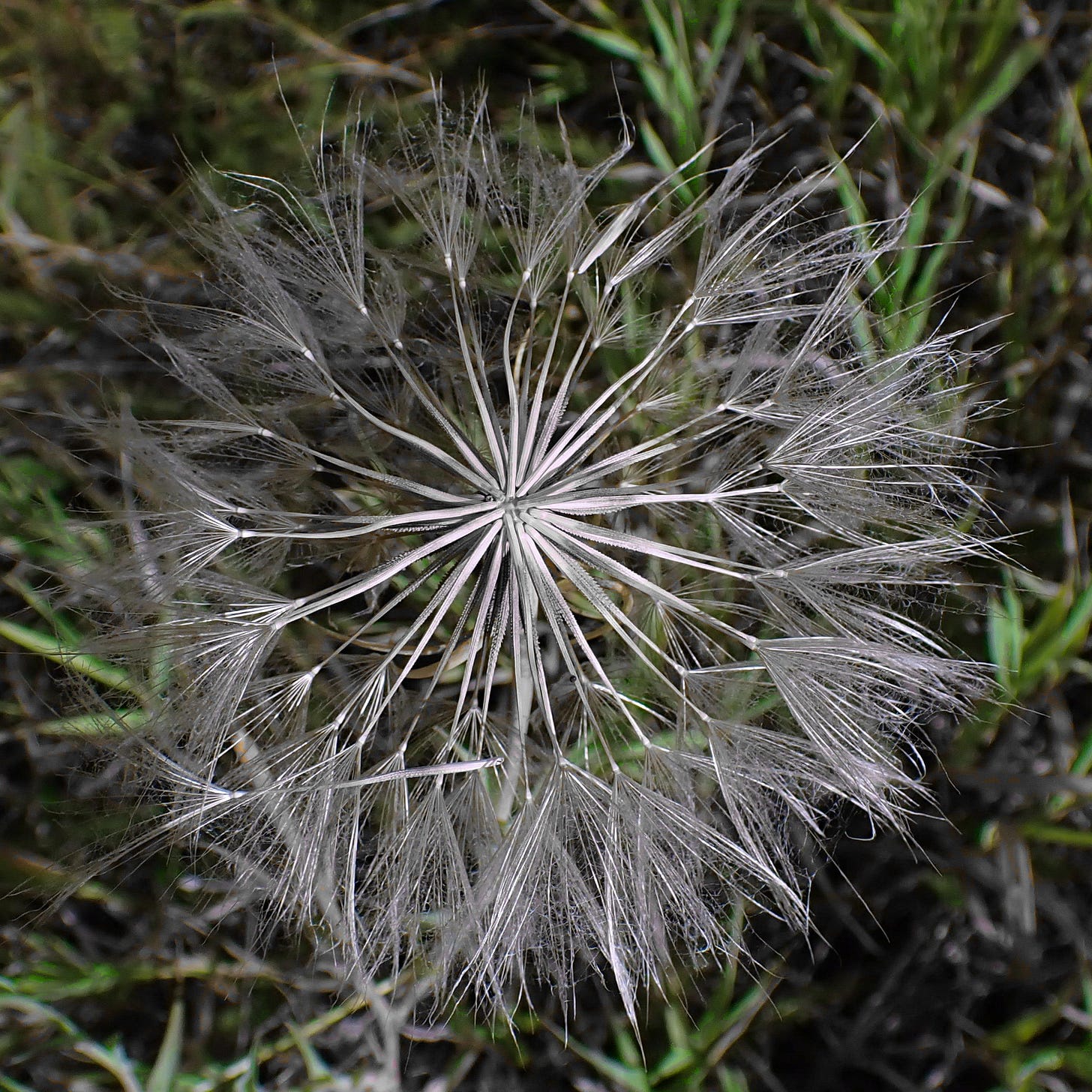
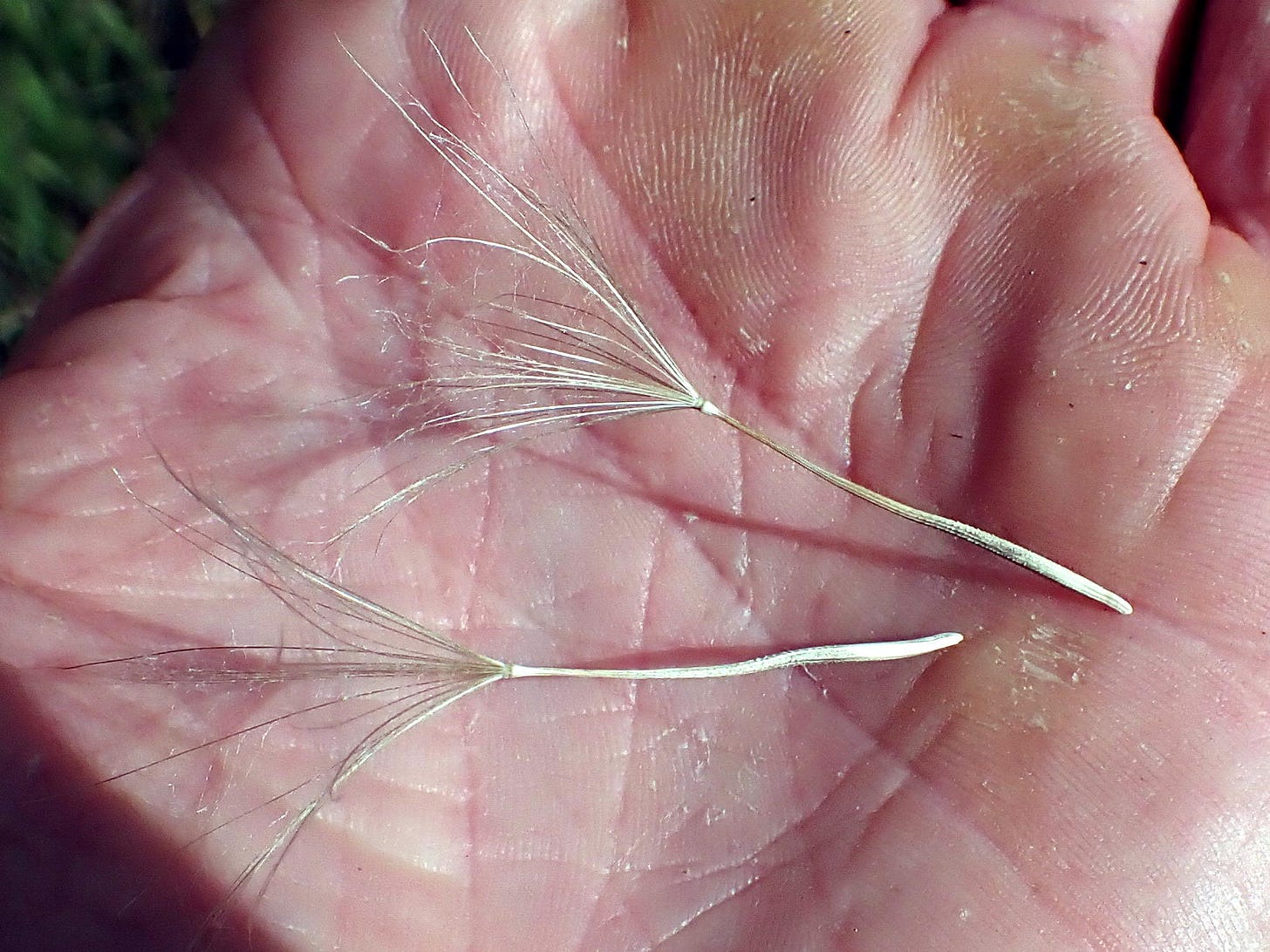

ah, the wild........
Terrific photos! The insect on the aster, I believe the third photo, is a type of bee fly.